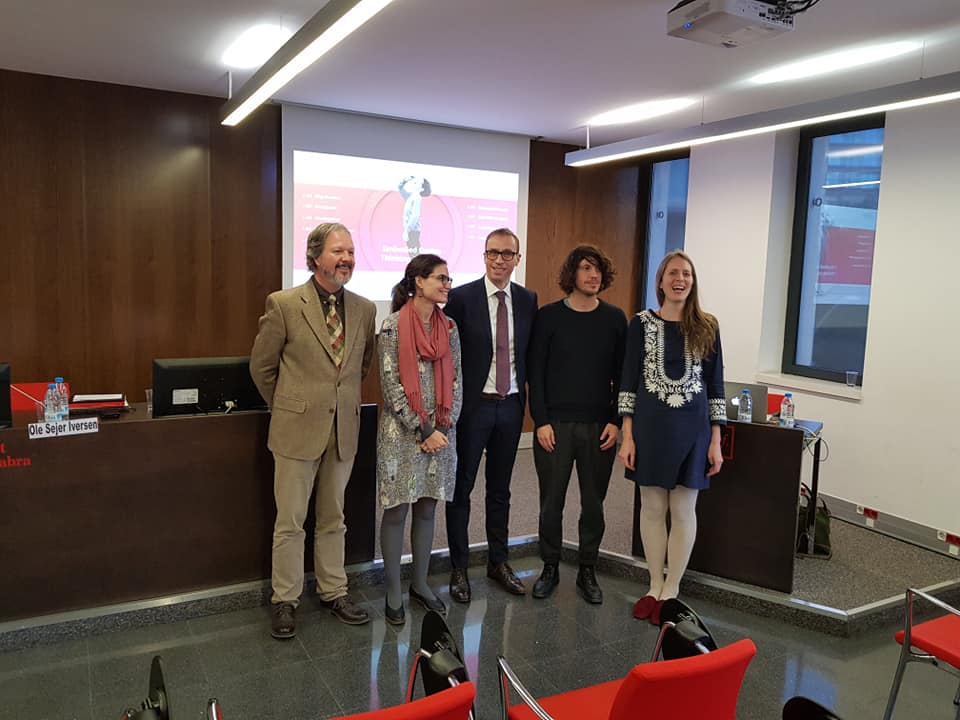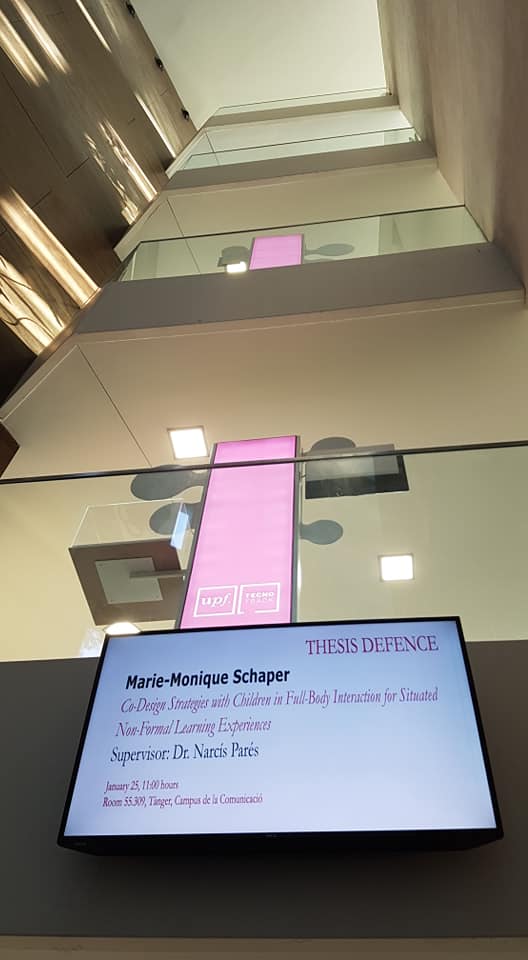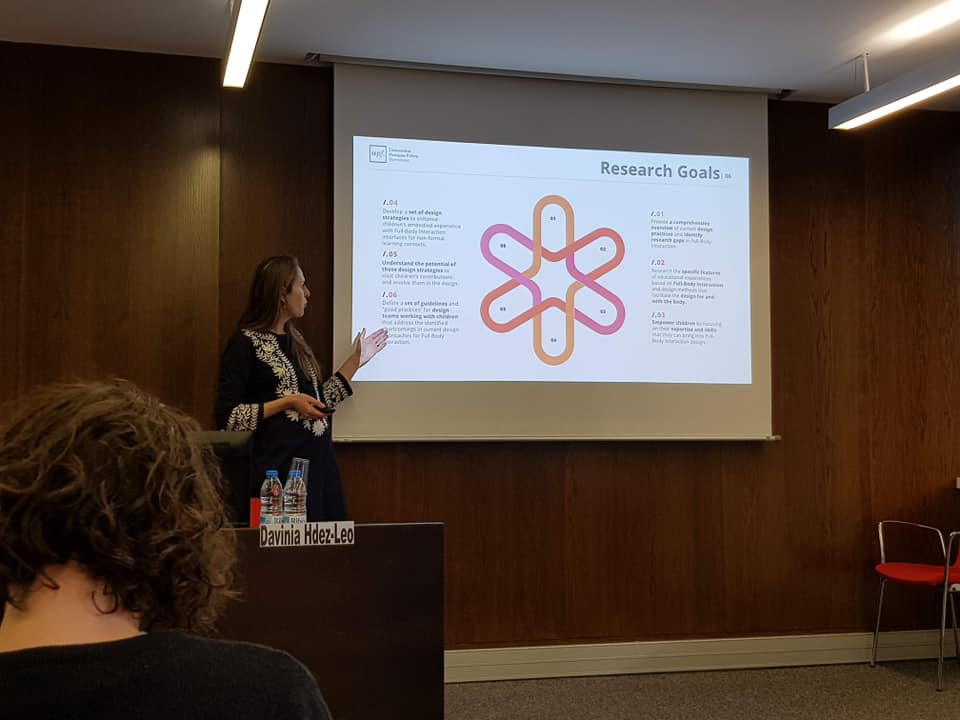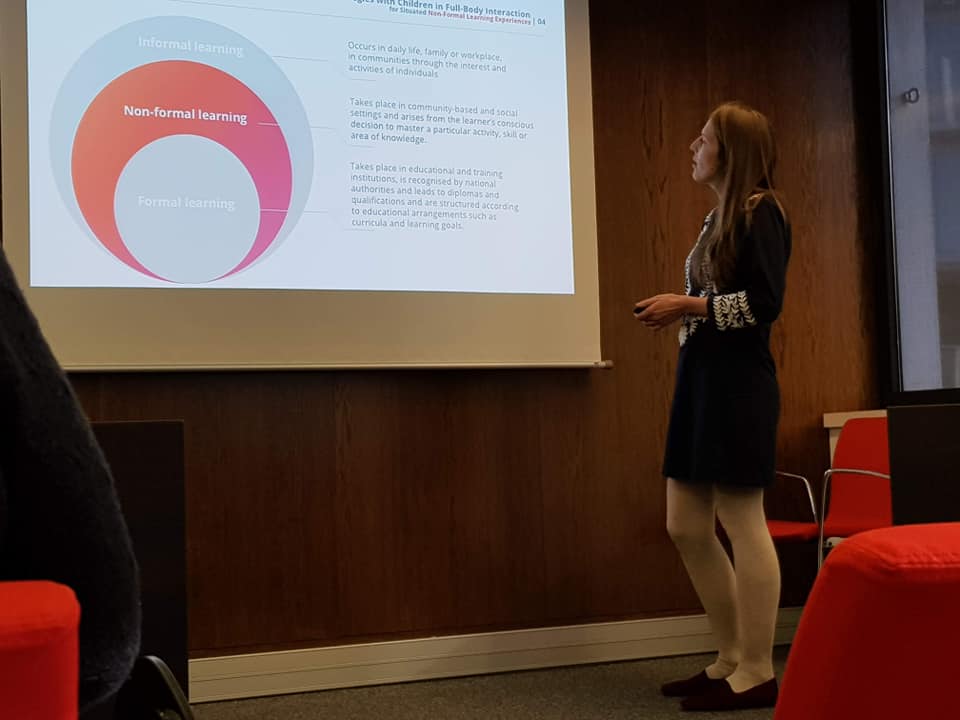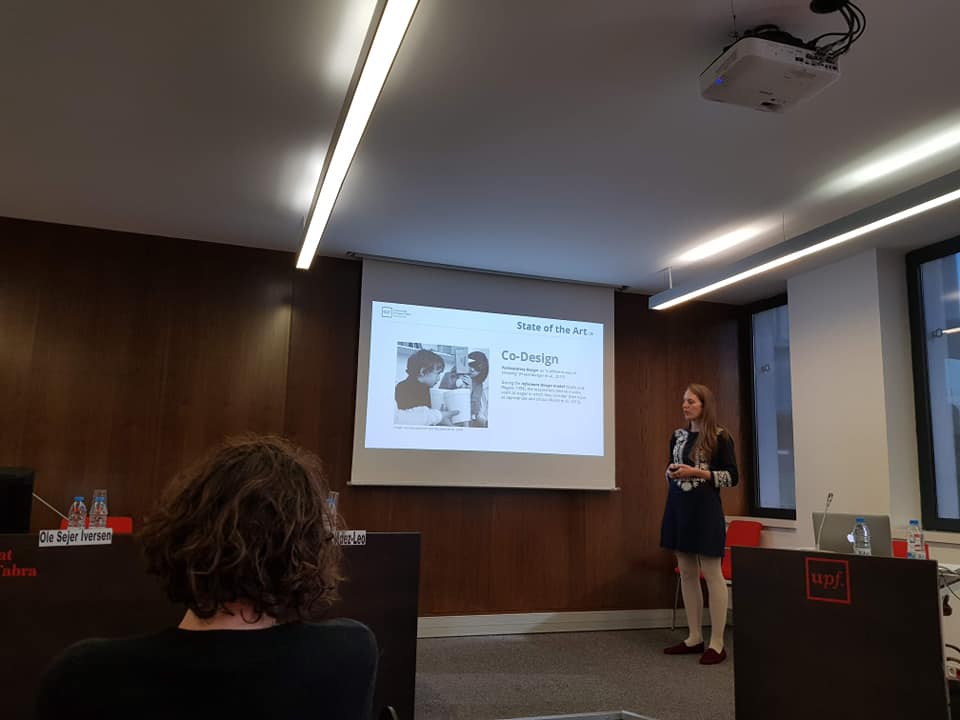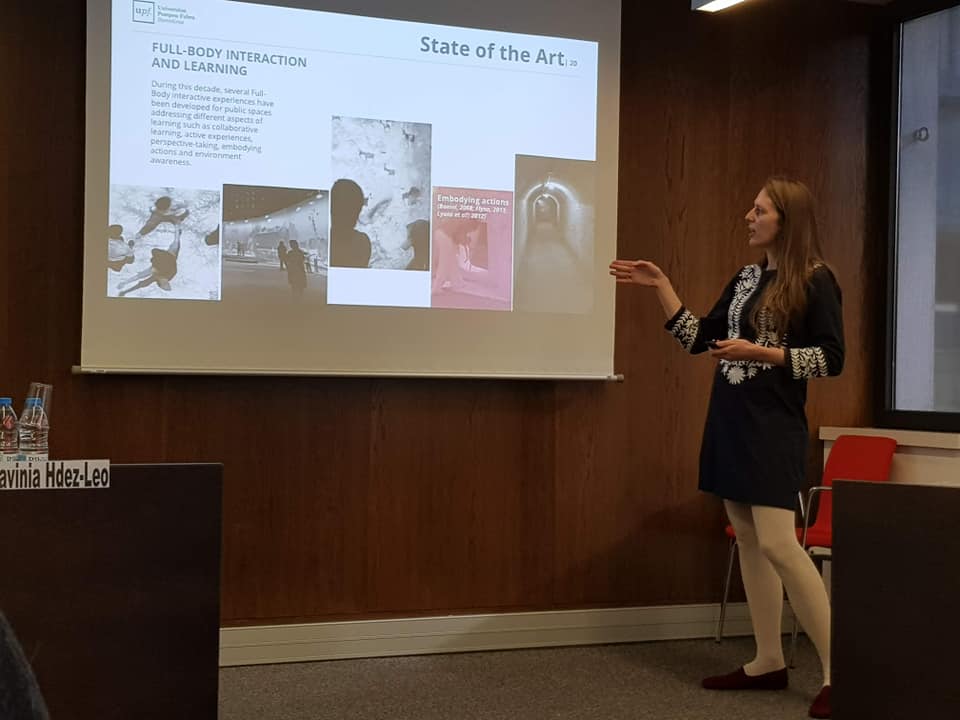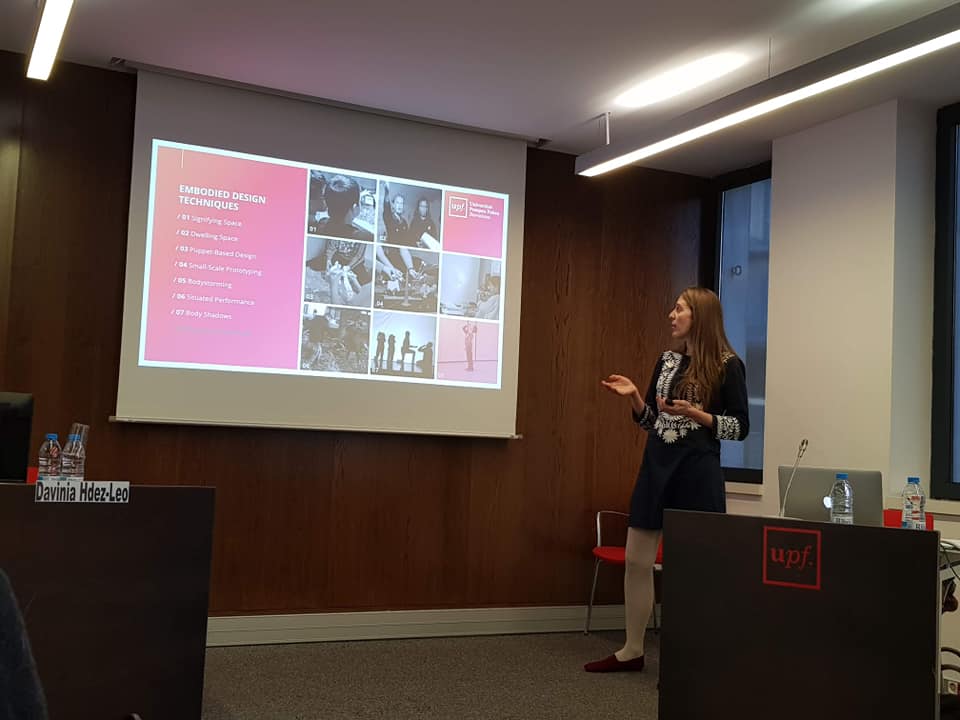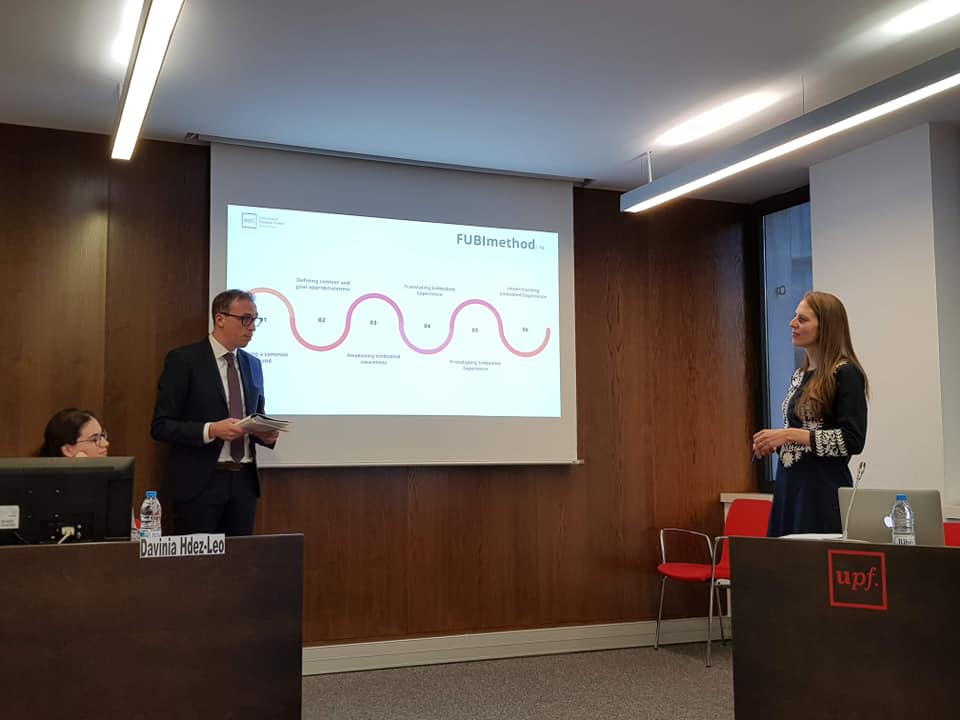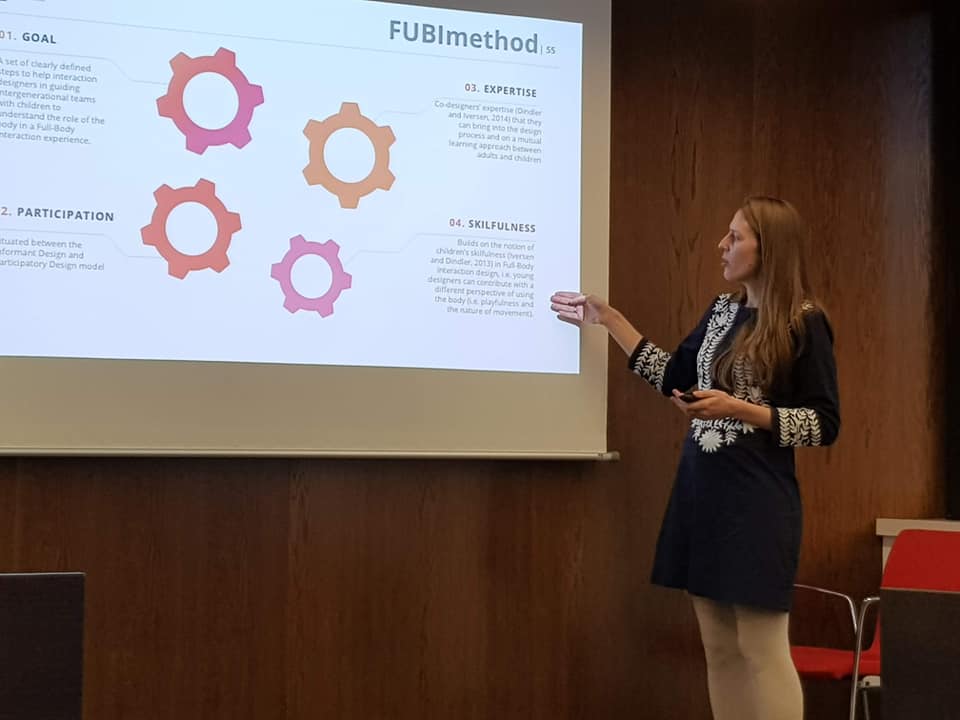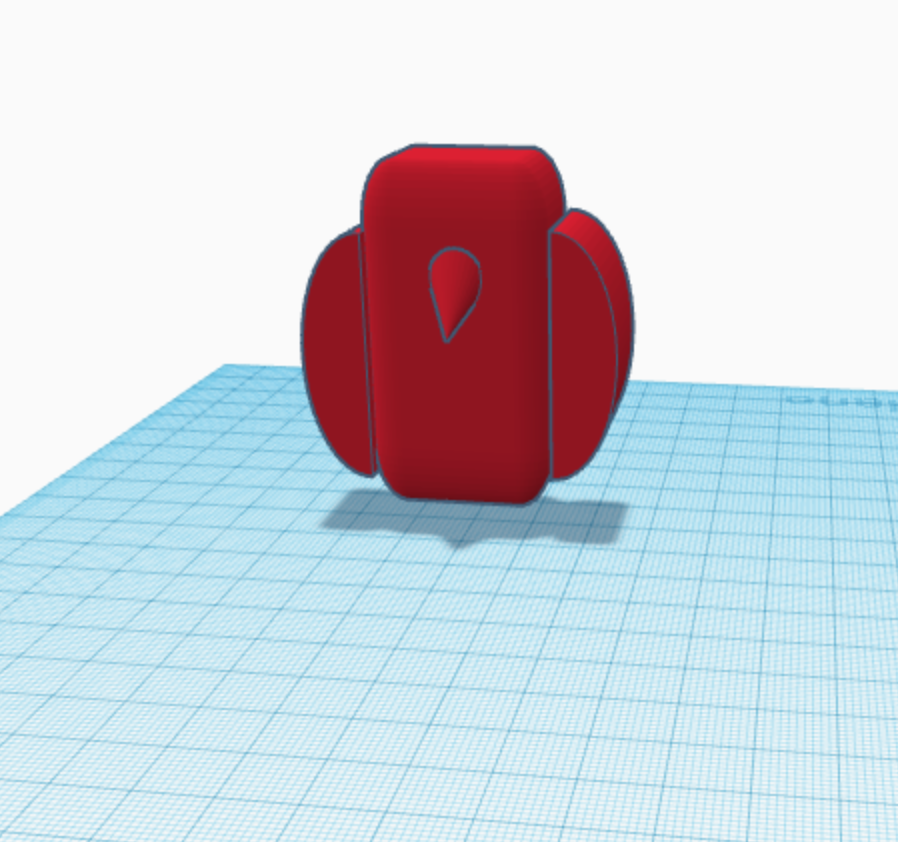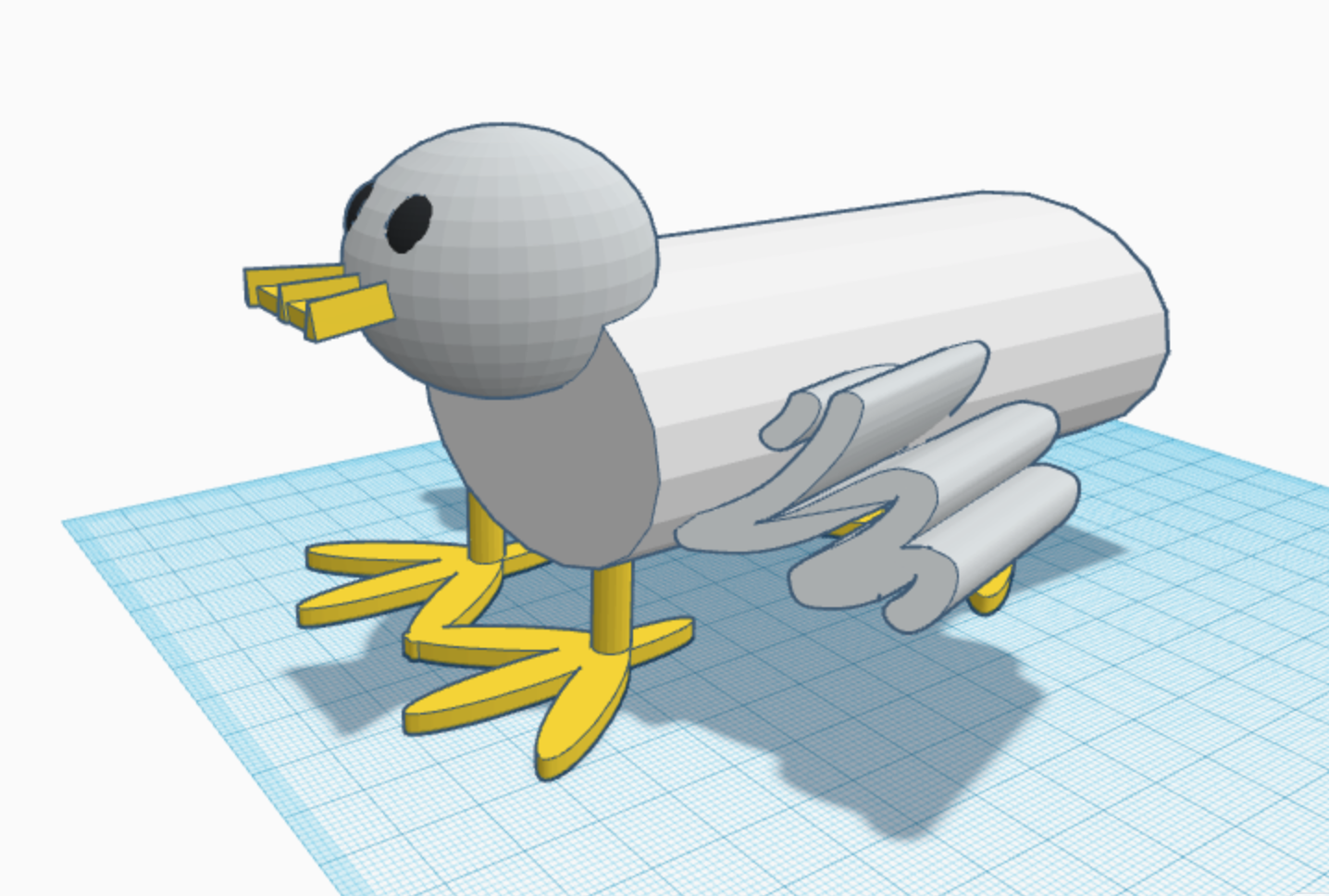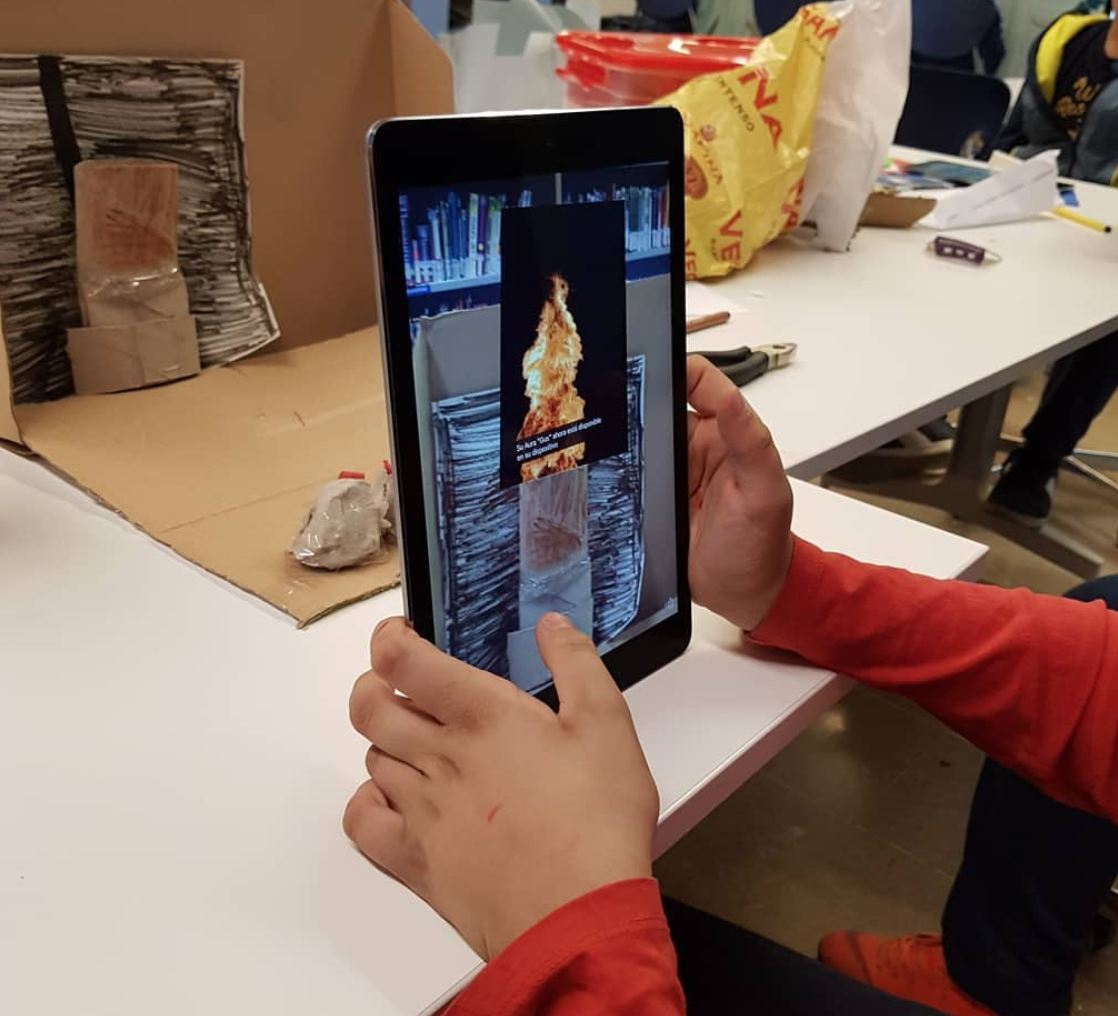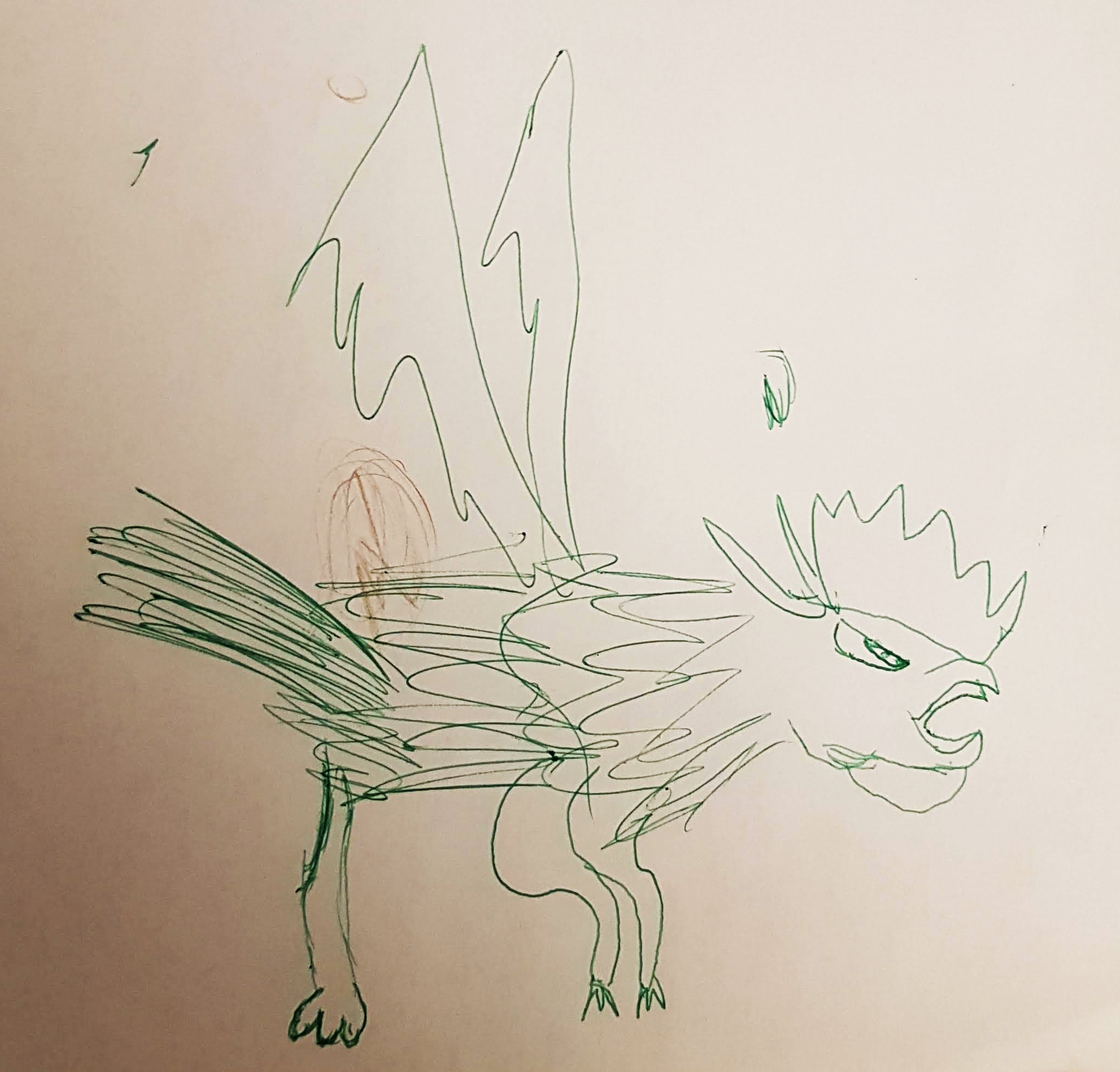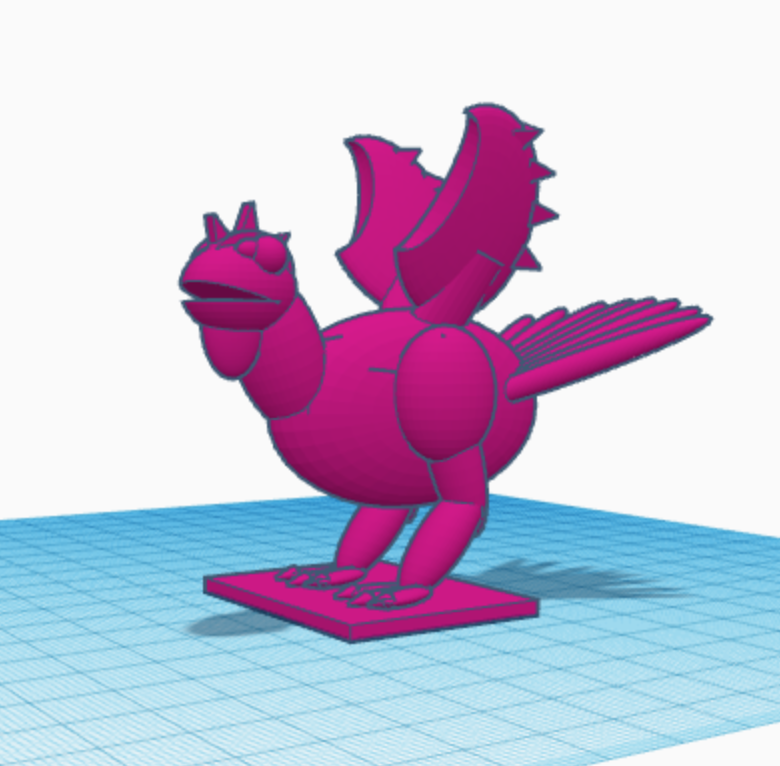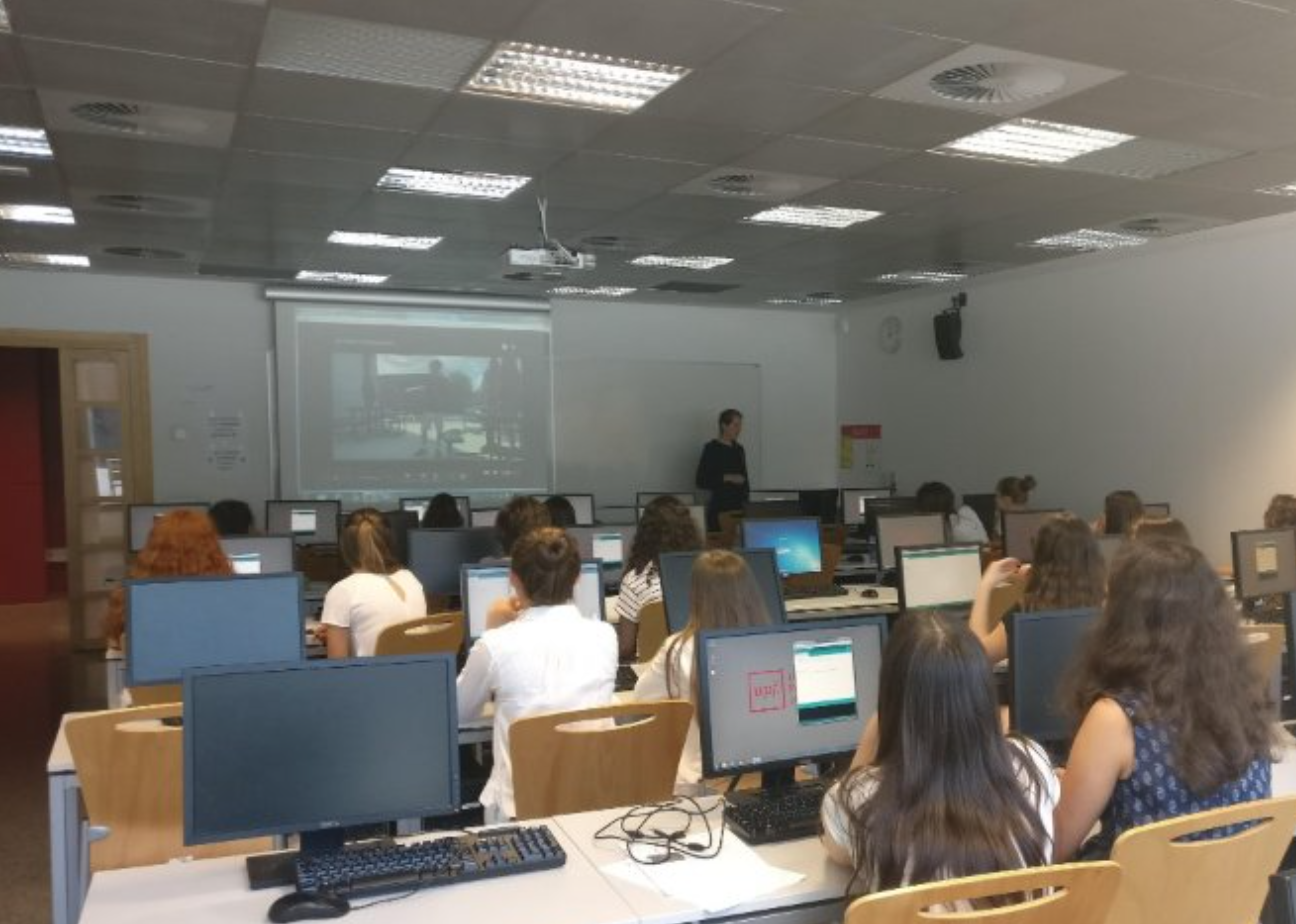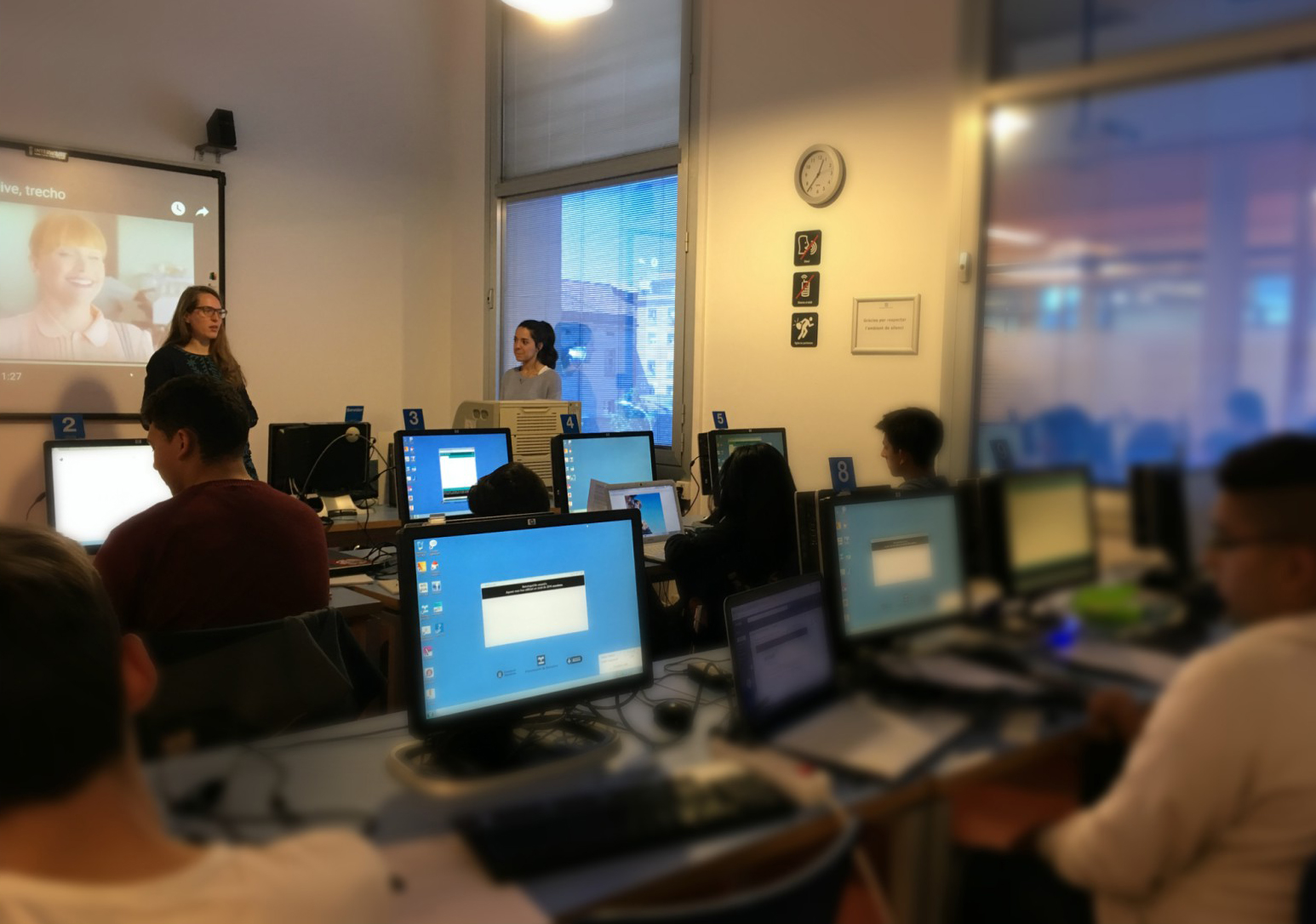Posted
November 23, 2019 Our CosiCosa team is very grateful to the foundation Cibervoluntarios for the opportunity to take part in the new publication InnovadorasTIC. In the interview, we talk about our experiences with the educational project CosiCosa, our future ambitions and the gender perspective in ICT. Thank you so much for the amazing initiative!
This Friday has opened the exposition ELISAVA Experimenta! During one week, I facilitated the workshop CITY AND SCIENCE for students of this design school in Barcelona. The workshop aimed at designing interactive interventions for a new urban sector in the city Viladecans. For the design, we experimented with different “experiential bubbles” based on embodied design techniques. The goal was to inspire students’ creativity, to engage their body in the design process and offer them another way of reflecting upon the specific qualities of public spaces. The ideation process was documented on a conceptual wall. The result of this workshop are two proposals for interactive interventions for the sector, (1) 5L: questioning our consciousness of water consumption and (2) ONA: translating the cultural heritage of a brick factory into an interactive artefact for the public playground.
Finally, the day has come… I successfully presented my PhD Thesis defence last Friday, 25th January 2019 at 11 am. It took place in Tanger Building, Room 55.309 (third floor), Campus Poblenou, Universitat Pompeu Fabra.
The thesis is titled: Co-Design Strategies with Children in Full-Body Interaction for Situated Non-Formal Learning Experiences. The thesis was supervised by Narcís Parés and evaluated by the PhD committee composed of Ole Iversen (University Aarhus), Oscar Tomico (University Eindhoven of Technology) and Davinia Herandez-Leo (Universitat Pompeu Fabra).
- Cover page
- Project Refugi 307
- Project Refugi 307
- Project Refugi 307
- Project Magical Movements
This autumn I facilitated another workshop at the library Ignasi Iglésias-Can Fabra in collaboration with the American Space Barcelona. The children created beautiful interactive stories about a magical world behind the books of the library.
One group imagined a forest by night and a sky full of shooting stars. They designed an owl in Tinkercad and printed the model in 3D. They created an interactive sky with LEDs and Arduino. Finally, they augmented the model with music using conductive material and Makey Makey.
- Conceptual drawing of the owl
- 3D model in Tinkercad of the owl
- Printed model of the owl and prototype of the interactive sky
- A girl programming the blinking frequency of the LEDs
Another group created a world of volcanos, lava and fire that was inhabited by a hippogriff.
- Concept of the magical world
- Conceptual drawing of the hippogriff
- 3D Model of the hippogriff
- 3D Printing of the hippogriff
- Prototype of the world
- The volcanos were digitally augmented with lava and fire.
A third group created a dungeon of a castle in which a prisoner is guarded by two beasts.
- Conceptual Drawing of a dragon
- 3D Model of a dragon
- Prototype of a dungeon with two beasts
- A boy experimenting with digital augmentation of the physical world
New publication in International Journal of Child-Computer Interaction
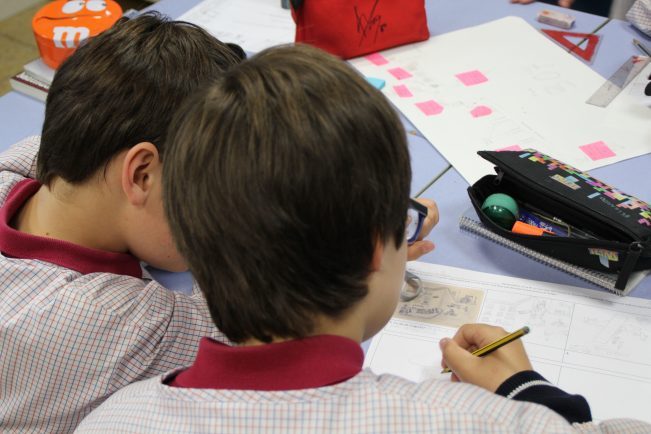
We are happy to share another publication about our project “Refugi 307” that has recently been published in the Special issue on “Assumptions about the Concept of Childhood and the Roles of Children in Design” of the International Journal of Child-Computer Interaction.
Abstract
The roles that children are allowed to play in the co-design of an interactive experience are strongly influenced and determined by the views of designers and other adult stakeholders on childhood, as well as by their expectations of children’s skills and cognitive capacities. In this paper, we contrast these assumptions in the design of a Virtual Heritage experience for guided school visits at an archaeological site. The goal of our study was to analyse different viewpoints of adult stakeholders in order to find new strategies that balance power relations between adults and children. The study was carried out in the context of the preliminary design stage of an interactive learning experience for a bomb shelter dating from the Spanish Civil War, known as “Refugi 307”. Our analysis reveals some of the reasons behind the assumptions of adult stakeholders. These outcomes were our starting point for defining strategies that can establish collective values among adult stakeholders and enrich the range of roles of children in a design process.
Reference
Marie-Monique Schaper, Maria Santos, and Narcis Pares. (2018). Orchestrating experts’ assumptions and children’s values in the design of Virtual Heritage experiences. International Journal of Child-Computer Interaction. DOI: https://doi.org/10.1016/j.ijcci.2018.02.001
Until September open-access to article available using this link:
https://www.sciencedirect.com/science/article/pii/S221286891630085X
Storytelling: Illustration and Technology
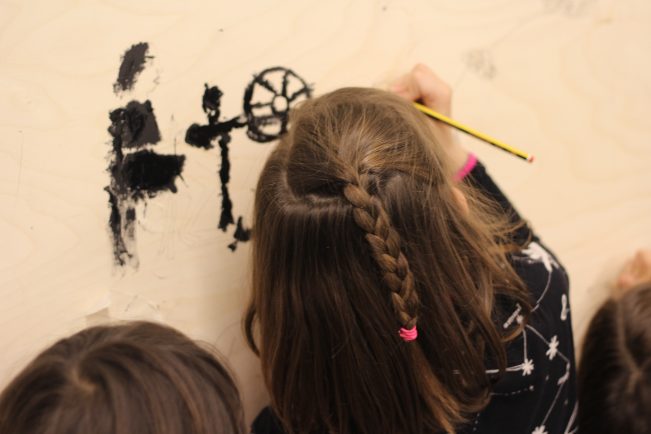
I would like to share with you some impressions from our workshop “Storytelling: illustration and technology”. The event took place on 26th and 27th January 2018 during the opening event of the Library Montserrat Abelló in Les Corts (Barcelona). Laura Malinverni and Maria Santos collaborationed as facilitators in the workshop. Children co-created with conductive paint and touch boards an interactive storytelling wall. The topic was the former textil factory in which the new library has been installed. Children invented stories around the factory imagining workers’ lives during this period.
I am proud to announce that our paper “Learning about the past through situatedness, embodied exploration and digital augmentation of cultural heritage sites” has been published in the International Journal of Human-Computer Studies.
Abstract
The design of interactive experiences for archaeological sites entails the consideration of the particular characteristics and constraints of the exhibition space. Our aim is to address these challenges by exploring the potential of a recently emerging interaction paradigm called World-as-Support, which is based on projective Augmented Reality (AR). In this study, we present the design process of a virtual heritage experience for a bomb shelter built during the Spanish Civil War that currently belongs to the Barcelona History Museum. The goal of this study was twofold. First, we aimed to define the requirements for the design of a first prototype based on the World-as-Support interaction paradigm. Second, we carried out a study with a local school to evaluate the benefits of an educational experience based on this paradigm. Our results indicate benefits to complement the guided visit: (1) by using projective AR to explore different layers of the learning experience; and (2) by including collaborative activities based on embodied enactments to foster the understanding of historical contents that require emotional engagement and critical thinking.
Here we can find the link to the paper: http://dx.doi.org/10.1016/j.ijhcs.2018.01.003
TV Report about Project Magical Movements Co-Design Techniques for Body and Space Awareness
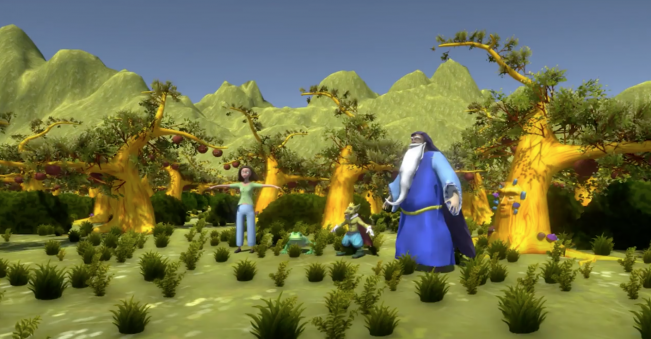
Since December 2015 we have been collaborating with Plàudite Teatre – Espai d’Arts Escèniques to explore novel co-design methods with and for children for Full-Body interactive experiences. For my PhD Thesis I particularly focused on techniques based on theatre practise that promote body and space awareness.
Last Tuesday a short overview of the project and first examples of a prototype using these techniques has been presented by Televisió L’Hospitalet. You can watch the report and an interview with the co-design team here (in Catalan):
Inspiring Teenagers in Digital Fabrication
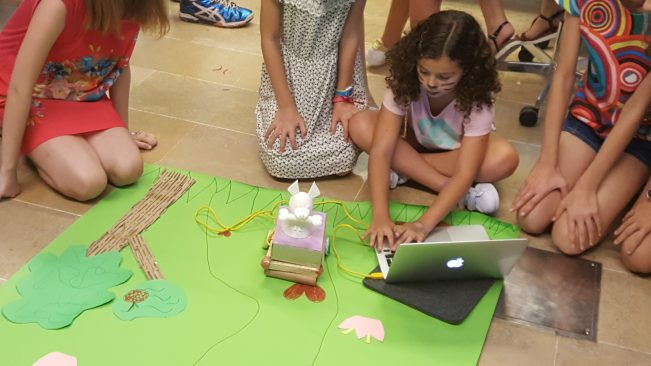
During the first two weeks of July, I faciliate together with Laura Malinverni a summer camp for 20 girls from Barcelona in which they learned about the basics of 3D printing, robotics and coding. This hands-on workshop introduced them to the world of Digital Fabrication. The #Girlstech Summer Camp was co-organized by the American Space Barcelona and the Department of Information and Communication Technologies Engineering (ETIC) of Universitat Pompeu Fabra.
I regularly participate in the organization of workshops to inspire teenagers in digital fabrication. Another workshop was held in April 2017 at the American Space Barcelona and focused particularly on a critical reflection upon how technology influenced our personal lives. In June 2017, Maria Santos and I also participated in the Oracle4Girls which aimed to attrack and retain girls in STEM and we conducted a second workshop in this line.
- @Oracle4Girls
- @Oracle4Girls
- @Oracle4Girls
- @American Space Barcelona
- @American Space Barcelona
- @American Space Barcelona
- @American Space Barcelona
- @American Space Barcelona
- @American Space Barcelona
- @American Space Barcelona
- @American Space Barcelona
















